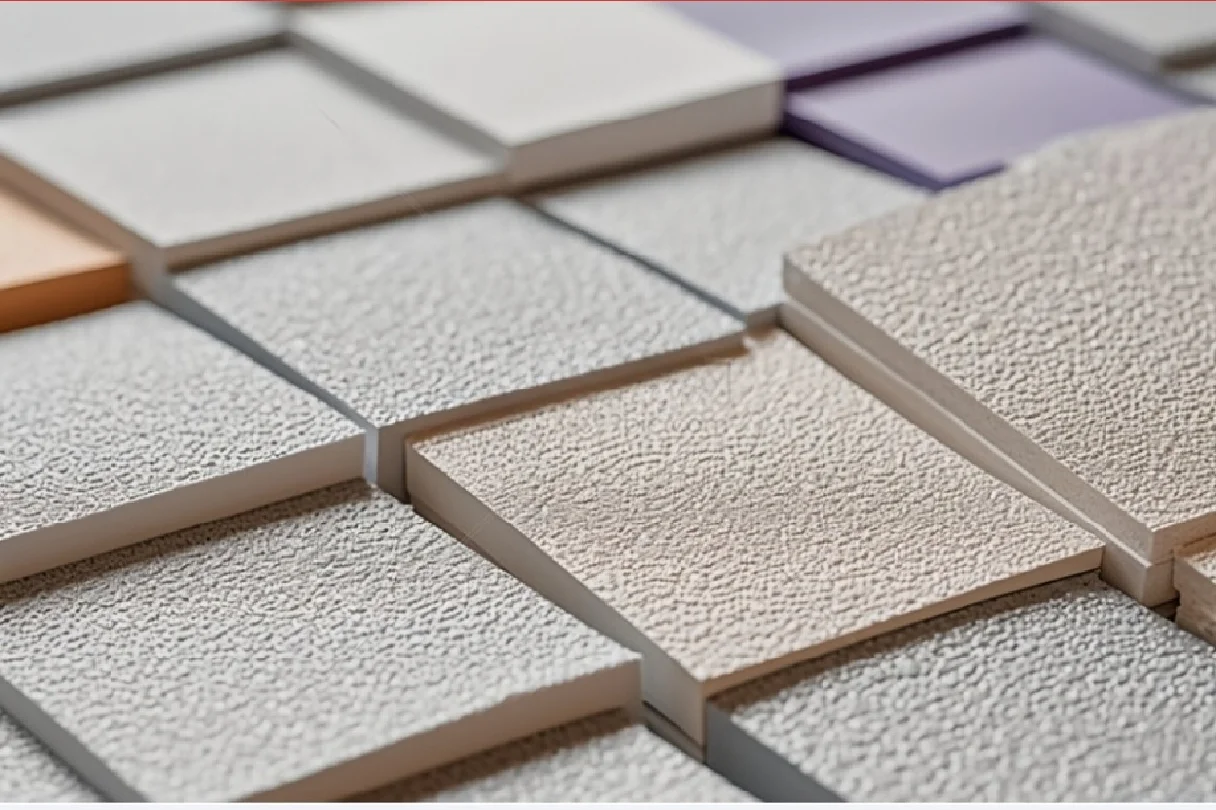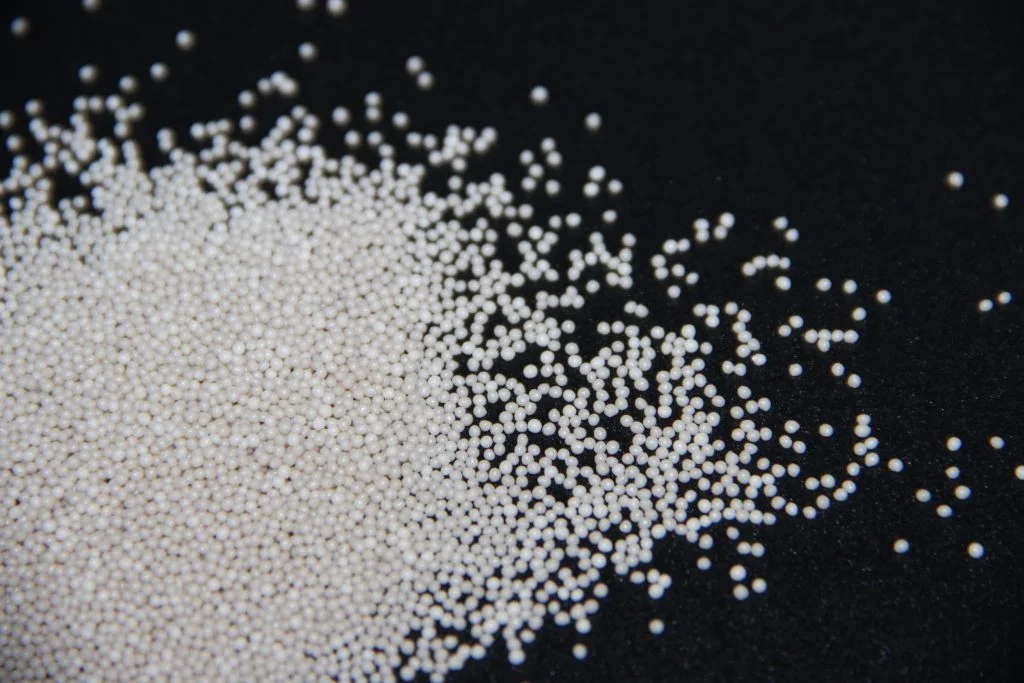EPS foam is a popular pick for building, packing, and keeping things warm or cool. It’s loved for its great ability to block heat, super light weight, and low cost. But many experts wonder if EPS foam stays strong over time. Can it be trusted for projects that last for years? This article explores how EPS foam holds up over decades. It also highlights how smart solutions can stretch its life even further.

What Is EPS Foam Made of?
Expanded polystyrene is made of closed-cell beads that hold air. This gives great heat-blocking power and keeps its shape for years. EPS foam comes from tiny polystyrene beads puffed up with steam. This forms a light, tough structure full of little air pockets. Each bead traps air in a sealed bubble. This setup helps block heat and keeps the foam’s shape steady. The even design stops it from shrinking or twisting in normal settings.
Strong pressure resistance and low water soaking make it last in both heat-blocking and support roles.EPS foam has solid strength for its light weight. This makes it great for jobs like supporting floors or building roads. It doesn’t soak up much water either. This helps it stay strong in wet places, keeping its performance steady.
Heat-blocking stays steady because the air inside its bubbles doesn’t change much over time. The air trapped in EPS foam’s bubbles stays put for years. This keeps its heat-blocking power, or R-value, strong. Unlike some foams that use special gases, EPS doesn’t lose performance quickly.
Factors Influencing the Long-Term Behavior of EPS Foam
Water, sunlight, and changing temperatures can harm the surface if not protected.EPS foam doesn’t soak up water easily. But long exposure to water or damp air can wear down its surface if it’s not covered. Sunlight, or UV rays, can make bare surfaces turn yellow and brittle. Hot and cold swings can stretch or shrink the foam. This can stress it if not planned for during setup.
Heavy or repeated weight can cause small dents or slow squishing in support roles. In places like floors or under roads, EPS foam might slowly dent under steady weight. This is expected. Picking the right foam strength for the job can prevent this issue.
Some chemicals, like gasoline, can eat away at the foam’s structure if they touch it directly. EPS foam works well with most building materials. But it can be damaged by chemicals like acetone or gasoline. Always check that nearby materials won’t harm it during planning.
How Does Degradation Show in EPS Foam?
Aging causes a tiny bit of shrinking. The shape stays solid if installed right. Over time, EPS foam might shrink slightly as leftover stress from making it eases out. But this is small. If the foam is pre-aged or used in safe settings, it stays steady.
Long heat exposure might break it down, but only at very high temperatures not seen in normal use. EPS foam only breaks down if it gets very hot, above 100°C, for a long time. This is much hotter than most uses, like in walls or roofs. So, this risk is tiny in normal setups.
Bubble walls might thin or collapse if exposed to harsh weather over and over. After many years, tiny changes in the foam’s bubbles might happen in tough conditions. This rarely affects how it works unless it’s under heavy stress or chemical attack.
What Do Studies Say About EPS Foam’s Longevity?
Lab tests copy years of wear with heat and damp cycles. They show steady heat-blocking and strength. Tests in labs use heat and damp to mimic decades of use. High-quality EPS foam keeps over 90% of its starting strength and heat-blocking power after these tests, which act like 30–50 years of real use.
Real-world projects show lasting performance in buildings, roads, and cold storage with little wear. Data from real projects backs up lab tests. Samples from buildings after 25 years or more often show bubbles still intact. Their heat-blocking power stays the same.
Compared to other foams like XPS or PUR, EPS stays steadier in shape and is kinder to the planet. Other foams might block heat a bit better at first. But their gases leak out, making them lose performance faster. EPS, with its air-filled bubbles, holds steady longer and has a smaller environmental footprint.
Why Is HUASHENG’s EPS Foam Trusted for Long-Term Applications?
HUASHENG is a world leader in crafting smart EPS foam products for tough jobs. Whether you’re building a store’s front wall or keeping goods cold during shipping, their products include:
- High-density construction panels are made for strong support
- Carefully shaped parts for industrial packing
HUASHENG shines with its clever ideas. Special additives make their foam resist sunlight better. Coatings make it shed water, perfect for wet or freezing places. Their Light Flame Retardant Grade-FB adds top fire safety while keeping strength in hot or cold settings.

Maximizing HUASHENG’s EPS Foam Performance
HUASHENG’s EPS foam isn’t just lightweight—it’s a versatile material engineered to deliver reliable insulation and strength across many industries. To unlock its full potential, it’s key to match the right EPS type with the right application.
Best Uses for EPS Foam
For walls, roofs, and foundations, choose HUASHENG’s EPS types that handle freeze-thaw cycles while keeping heat in check. In EIFS (exterior wall systems), well-placed panels maintain top-notch insulation for years. For below-ground applications, water-resistant EPS holds strong against soil moisture without breaking down. In cold-chain shipping or insulated containers, EPS’s low heat flow keeps medicines or food at steady temps during transport. Pair it with vapor barriers or reflective liners for long hauls, and it performs even better.
Tips for Durable EPS Installations
Get the setup right to make EPS last. Seal joints tightly and protect panels from sunlight during construction. Sloppy installation or unsealed gaps let water creep in, wearing surfaces down fast. Stick with glues and sealants designed for EPS. Match foam types to the job’s demands—weight and weather matter. Heavy-duty boards work best under floors or foundations, while flame-resistant options like Light Flame Retardant Grade-FB boost safety in high-risk indoor spots. Regular checks, especially at exposed areas like roof edges or foundations, catch issues early. Simple fixes like resealing joints prevent small problems from becoming big headaches.
Future of EPS Foam
HUASHENG’s pushing the envelope with research into safer, halogen-free flame retardants and simpler recycling methods. They’re also developing lightweight, carbon-infused core panels that save even more energy for tomorrow’s buildings. These innovations aim to keep EPS strong, safe, and eco-friendly for the long haul. If you have any needs or questions, please contact HUASHENG.
FAQ
Q: Does sunlight harm exposed EPS foam?
A: Yes. Long exposure to UV rays makes surfaces yellow and brittle. Protective coatings during setup can stop this.
Q: How long does well-installed EPS insulation last?
A: Real projects show EPS keeps its heat-blocking and strength for 30–50 years or more with little change.
Q: Can I use regular glues with EPS foam?
A: No. Use glues made for polystyrene. Normal solvents can melt the foam’s bubble structure.






